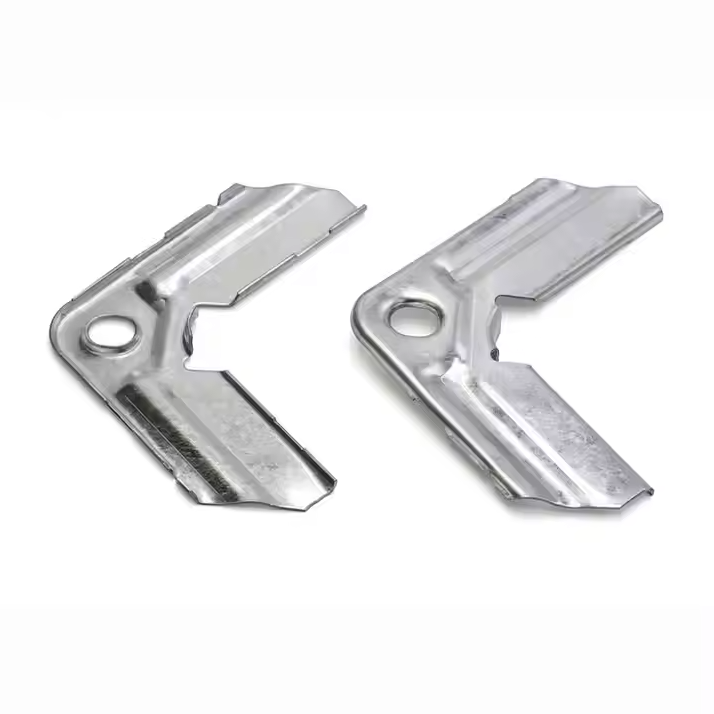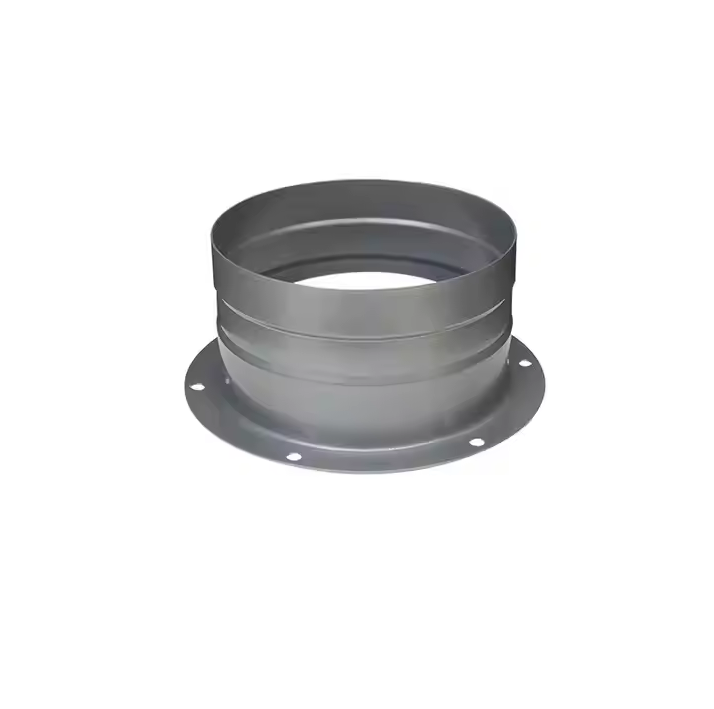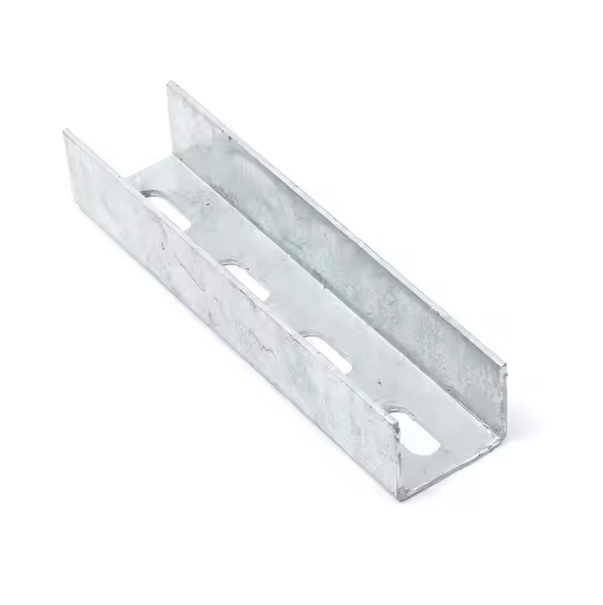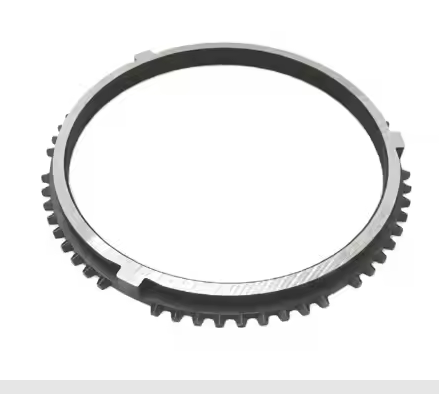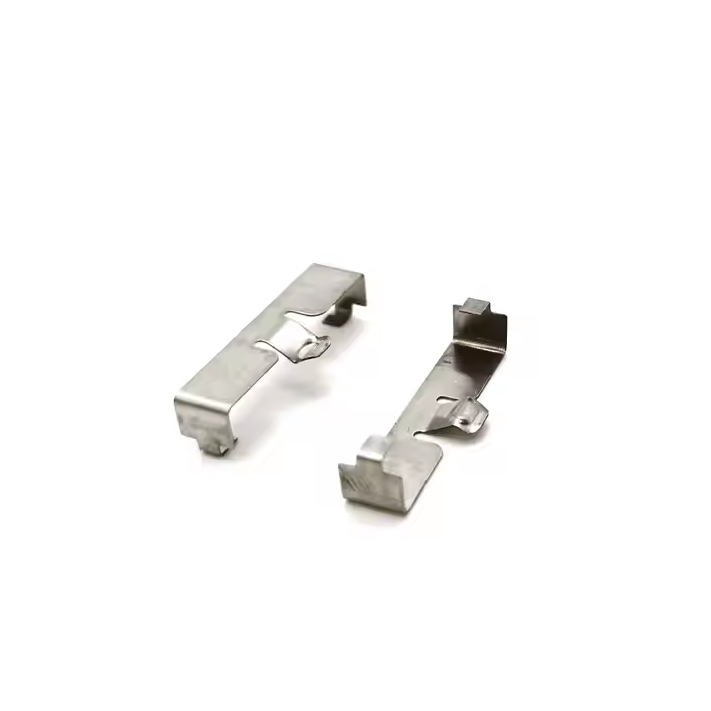In modern industry, metal processing undoubtedly occupies a pivotal core position. From towering skyscrapers to speeding cars and high-speed trains, metal products are everywhere. With their solid bodies and excellent performance, they support the operation and development of human society. Among the many key technologies of metal processing, quenching technology is like a shining pearl, exuding a unique and charming brilliance.
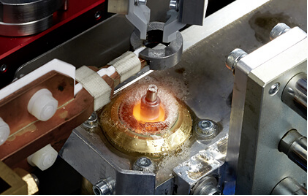
Definition of quenching technology
Quenching is a metal heat treatment process that heats a metal workpiece to a certain appropriate temperature and maintains it for a period of time. This appropriate temperature must be accurately determined based on the type, composition and expected performance of the metal, and then quickly immerses it in a quenching medium and cools it quickly. Behind this seemingly simple operation are complex and subtle changes in the internal structure of the metal.
Advantages and Disadvantages of Quenching Technology
Advantages
Improved Hardness and Strength
Quenching can significantly improve the hardness and strength of metals, making a qualitative leap in their performance. Taking tool manufacturing as an example, ordinary steel tools are easily worn and blunted during the cutting process, but after quenching, the hardness is greatly improved, and they are widely used in the manufacture of mechanical parts, tools, etc.
Enhanced Wear Resistance
The surface of the metal treated by quenching has a denser structure and significantly enhanced wear resistance. In the field of mining machinery, the service life of the shovel teeth used for excavation is extended several times after quenching compared to before treatment, reducing the cost and time loss caused by frequent replacement of parts and improving the operating efficiency of the equipment.
Disadvantages
Increased Brittleness
While improving the hardness, the brittleness of the metal will also increase accordingly, which is an inevitable drawback of quenching technology. For example, some high-strength alloy steel parts, although the hardness and strength meet the design requirements after quenching, are prone to breakage when subjected to impact loads.
Risk of deformation and cracking
During the rapid cooling process, the internal stress distribution of the metal is uneven, which is prone to deformation and even cracking. When manufacturing large molds, due to the large size of the mold, the cooling speed of each part is inconsistent during the quenching process, which makes it easy for deformation to occur. Once the deformation exceeds the tolerance range, the mold cannot be used normally.
Application fields of quenching technology
Mechanical manufacturing
Various gears and shaft parts are subjected to alternating loads and friction during operation. After quenching treatment, their surface hardness and wear resistance are greatly improved, and their fatigue resistance is also significantly enhanced, ensuring the stable operation of the machinery. For example, the gears in the automobile gearbox can work stably for a long time under high speed and high torque conditions after quenching.
Automobile industry
Key components such as the crankshaft and camshaft of automobile engines have extremely high material performance requirements. The crankshaft is subjected to huge rotational stress and impact force during the operation of the engine. The strength and toughness of the crankshaft after quenching are optimized, ensuring the reliable operation of the engine and reducing the probability of failure.
Aerospace
Quenching technology plays a vital role in the manufacture of aircraft engine blades, landing gear and other components. Aircraft engine blades work under extreme conditions of high temperature, high pressure and high speed, and have extremely high requirements for the high temperature strength, oxidation resistance and fatigue performance of the material. Through quenching technology, the blade material can obtain ideal organizational structure and performance, ensuring reliability under extreme conditions; the landing gear needs to withstand the huge impact force when the aircraft takes off and lands. The landing gear material after quenching has high strength and good toughness, ensuring the safety of aircraft takeoff and landing.
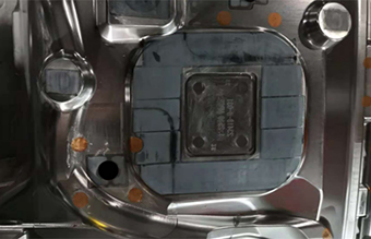
As an important part of metal processing, quenching technology has certain limitations. However, with the continuous advancement of science and technology, new quenching processes and methods are emerging like mushrooms after rain. For example, new quenching technologies such as laser quenching and induction quenching have effectively reduced the disadvantages of traditional quenching processes while improving the quenching quality. In the future, we will continue to pay close attention to the development of quenching technology, continue to explore and innovate, bring more breakthroughs and surprises to the metal processing industry, and help the industry move to a higher level of development.
